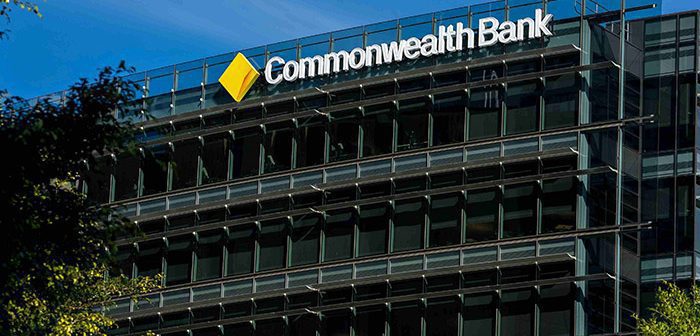
CommBank has launched three new security features in the CommBank app to help combat scams and continue driving down customer losses.
In a first for a major Australian bank, customers can now use the CommBank app to see their digital wallets. With 7.3 million digital wallets now having CommBank payment details added, the Review digital wallet feature allows customers to see all digital wallets their payment details have been linked to, and remove any they don’t recognise.
New interactive and intelligent warnings for certain first-time payments now provide enhanced protection for customers who may be unwittingly about to pay a scammer. Scam warnings, tailored to the type of payment the customer is looking to make, will appear in the app right before a customer sends their money.
New QR Cardless functionality will verify everyone who chooses to make deposits to or withdrawals from CommBank accounts using the CommBank app instead of a card. The bank has introduced QR Cardless to better protect the community from financial crime and allow for higher deposit limits for those who prefer not to carry cards.
QR Cardless will replace cardless cash, cardless deposit and ATM deposit codes and gives consumers and businesses increased deposit limits up to AUD10,000 via the CommBank app removing the need to use plastic cards at the ATM. Non-bank customers can download the CommBank app and make ATM cash deposits via QR Cardless to eligible third-party CBA accounts.
“We’re committed to doing what we can to tackle the ever-changing scams and fraud environment,” said CommBank’s Head of Group Fraud James Roberts. “These extra security measures are designed to help disrupt scams and fraud and ultimately make Australia less attractive to scammers. Having recently seen our customer scam losses halve over the last financial year we know what we are doing is having a positive impact, but there is more to be done.”
Roberts says one of the new security features announced today is an Australian major banking first aimed at tackling one of most common type of scams continuing to affect customers – phishing.
“A digital wallet is an app on a phone, tablet or watch a customer adds their payment details to, so they can make purchases by tapping the device or checking out online, without the need to use a card,” he said. “Criminals regularly phish for personal information by texting customers a link that points to a dodgy website. This can lead to customers then sharing personal banking information, such as card details, bank authorisation codes and digital banking credentials. These details may enable scammers to add card details to a digital wallet on the scammer’s mobile device.”
CommBank sends customers messages when one of their cards is being added to a new digital wallet, allowing them to act if it wasn’t them. Now, in addition, the new Review digital wallet feature means a customer can review all digital wallets in the app at any time and immediately remove any they don’t recognise.
“As of this year, Australians have linked CommBank payment details to over seven million digital wallets on phones, tablets and watches, equivalent to a wallet with CommBank details for one in three adult Australians,” said Roberts. “We have seen this number continue to grow as customers take advantage of digital convenience. These innovative security features help customers stay in control.
Extending these measures to more customers helps the country strengthen its defences against crime. In trials of the Review digital wallets feature, we saw customers checking what digital wallets have been set up with their payment details, and in some cases, making changes, for example, where a device may no longer be in use.”
The bank has also introduced new interactive in-app security warnings to help protect customers when they are about to pay someone for the first time who could potentially be a scammer.
“CommBank’s NameCheck technology already uses our available payment data to let a customer know if the account name and number look right when they make a first-time payment,” said Roberts. “We’ve now added an extra layer of protection and are displaying tailored messaging and questions for certain first-time payments. The way customers respond to these questions helps us to prompt customers to reconsider, before they proceed with the payment.”
“We know that from the pilot that these messages really helped customers to pause and think about payments, and in some instances, they took further steps to confirm they were not being scammed. This is exactly the behaviour we are looking to support, and we did see payments abandoned which could have saved customers from scams,” he said.
“This is about balancing the need to introduce intelligent friction, like transaction holds, limits and declines for higher-risk activities, while simultaneously ensuring a seamless, safe and secure digital payment experience for our customers. It’s a delicate balance, but a necessary one to help customers stay safe from scams.”
Over the past financial year, CommBank invested AUD800 million to help protect its customers by combatting cybercrime, fraud and scams. The bank says it remains committed to providing a range of services to help customers protect themselves from scams while also collaborating with other banks and across industry.





